A Guide to Facebook Ads
The world of digital marketing can be overwhelming, especially to those new on the scene. Options abound for raising brand awareness and driving new traffic – and customers – to your website.
Among the tools now available is social media network advertising. Facebook, in existence since February 2004, is among the social media networks taking advantage of the exposure social media platforms can bring to businesses by introducing Facebook Ads
In 2020, the number of Facebook users is anticipated to reach 1.69 billion globally (Statistica.com), with 1.66 billion of those users logging onto the social platform daily. These figures alone make Facebook a prime market for online advertising.
Table of Contents
How Facebook Ads Work
According to the Facebook Ads for Business website, users determine how they want to use the FB Ads platform. Depending on the options selected, Facebook ads:
- Can appear in the news feed of users on desktop and mobile platforms
- Can be paired with news relating to social actions, such as liking a page
- Can be tailored to target a specific demographic
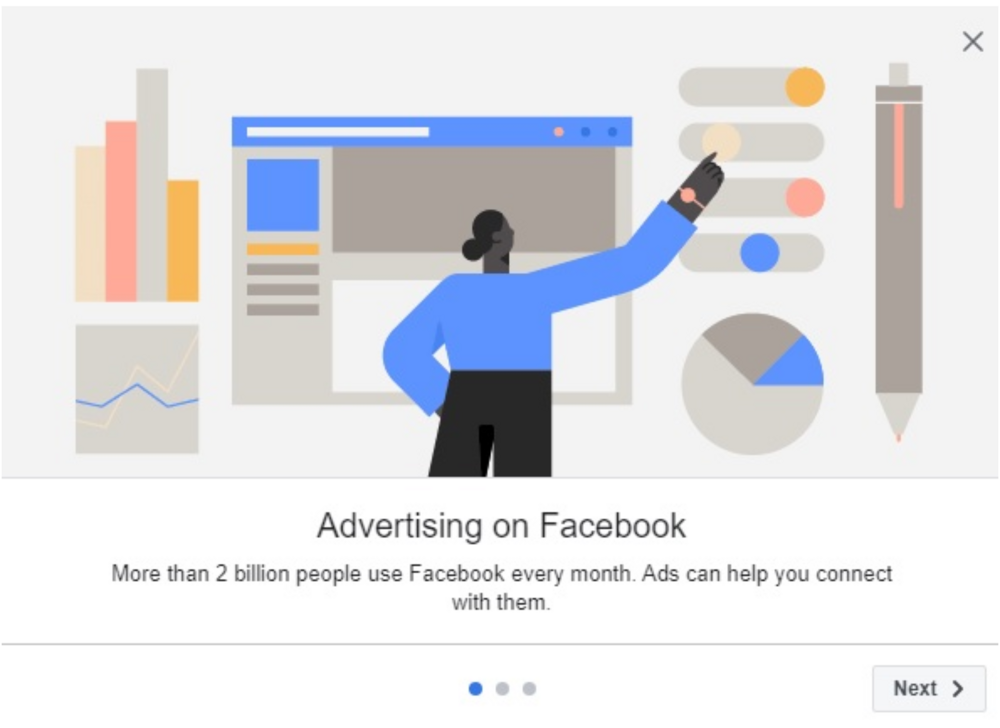
Creating an Effective FB Ad Campaign
When advertising on Facebook, the most important thing to determine is your target demographic. Setting objectives, which includes the intended audience for the ad, will maximise your return on investment.
Facebook provides planning tools designed to assist with setting objectives.
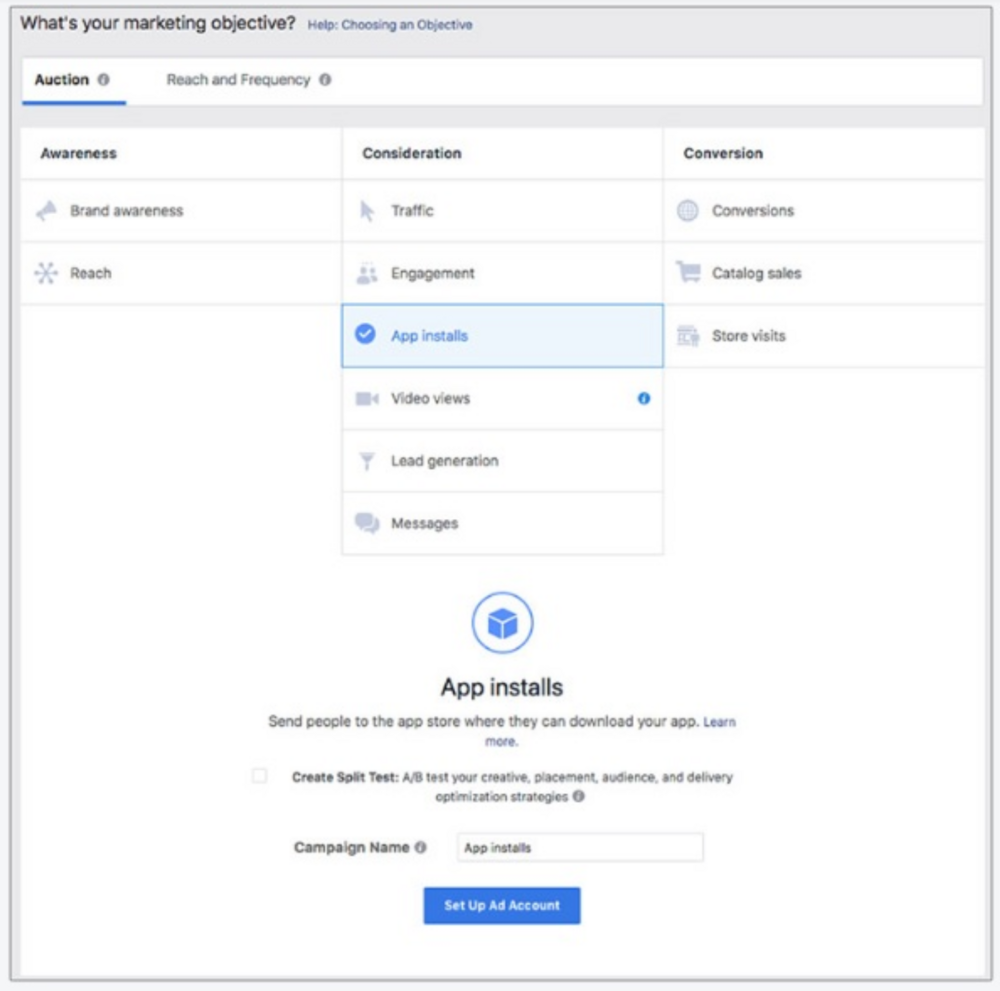
The planning tools focus on brand awareness and reach. Brand awareness is defined as the extent to which a customer is able to recall or recognise a brand and its products. Reach refers to the maximum number of people within your targeted audience who will see the ad while staying within your advertising budget. Paid Facebook ads allow the user to establish a budget. Reach can be set to a local, national or global level depending on your marketing goals.
Platform Rules and Guidelines
As a general rule, FB ads containing images with little to no text cost less and tend to reach more of a targeted audience than ads featuring both images and text (Facebook Ads for Business). FB notes in its guidelines for advertising on its platform that images with less than 20 percent text perform better in search results. An example of one of our ads that performed well due do a reduction in text in our artwork.
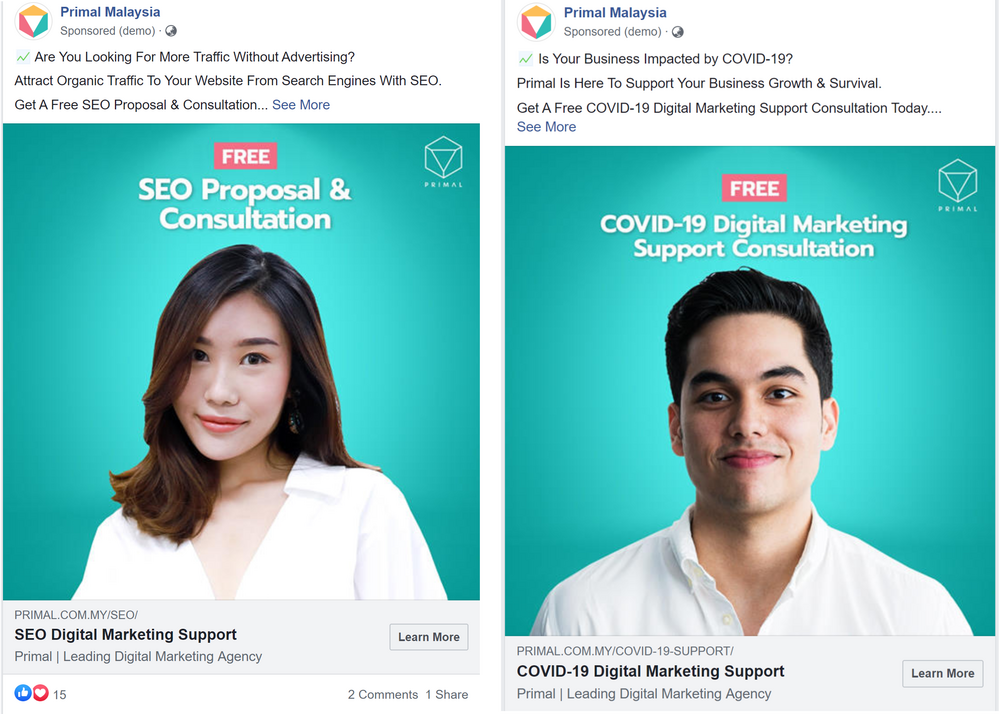
In addition to using less text and compelling images, Facebook also recommends writing an engaging headline for ads. A compelling headline will highlight a reason or specific benefit to using the product or service being advertised. There also should be no doubt what is being advertised, so be sure to make the offer crystal clear.
Choosing an Ad Objective
When setting up a Facebook ad campaign, users will be asked to select a Facebook ad objective. There are a number of objectives from which to choose.
- Awareness objectives are considered “top of the sales funnel” and are used to generate interest from as large and relevant of an audience as possible.
- Consideration objectives are “middle of the sales funnel” with a primary purpose of turning prospects into leads by collecting contact information for follow-up purposes.
- Conversion objectives are “bottom of the sales funnel” and should be used only to get visitors to register, download, purchase, opt-in, or visit your business.
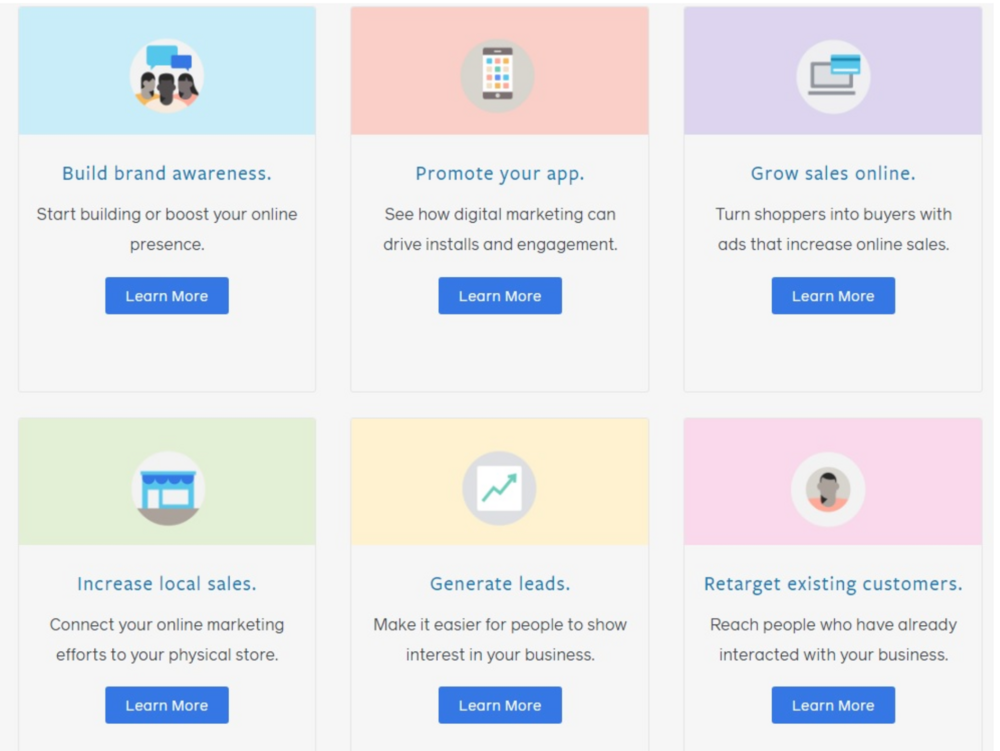
When to Seek Help
While Facebook provides tools that allow business owners to create a Facebook ad campaign on their own, employing the assistance of a marketing company or Facebook ads agency familiar with social media platform advertising campaigns is a wise investment for first-time users. Experienced marketing companies can help maximise your Facebook ad campaigns while producing significant results.







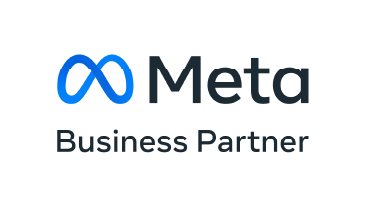

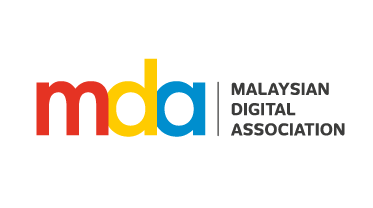

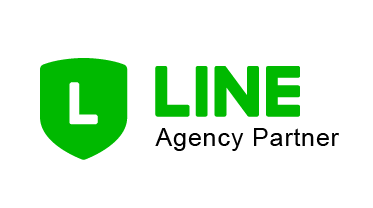
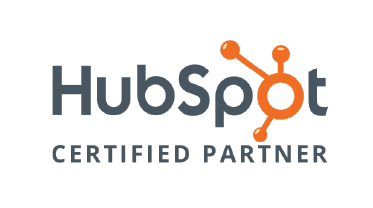



Join the discussion - 0 Comment